
How Reels Are Rewiring Our Brains: The Hidden Mental Impact of Short-Form Video
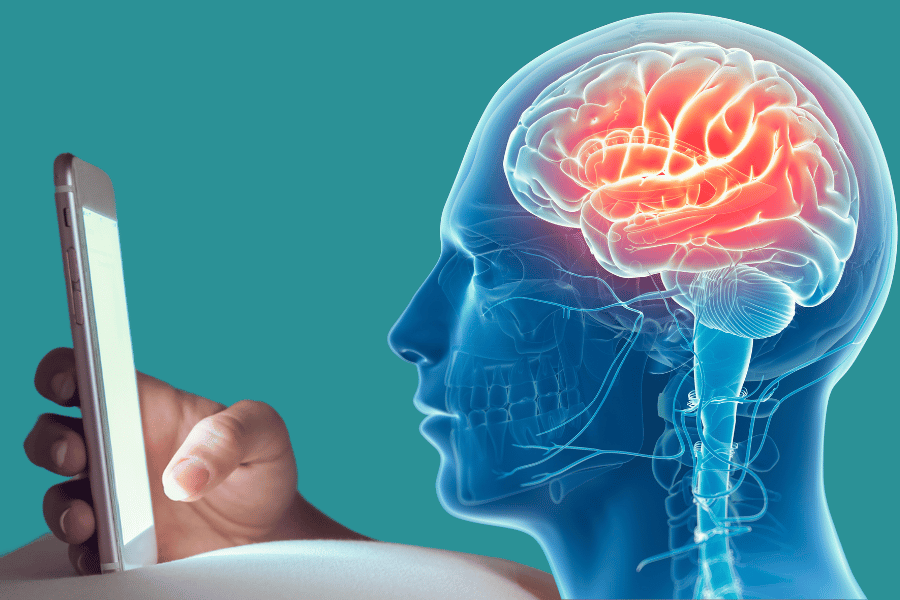
We’ve all been there. You open Instagram or TikTok for “just a minute” to check notifications, and suddenly two hours have vanished into the digital void. Your thumb moves with muscle memory, swiping up through an endless stream of 15-second clips. Welcome to the age of reels – where our attention spans are shrinking faster than our patience for anything longer than a movie trailer.
The Dopamine Slot Machine in Your Pocket
Short-form videos operate on the same psychological principles as gambling. Each swipe delivers a hit of dopamine, the brain’s reward chemical, creating what researchers call “variable reward scheduling.” You never know if the next reel will be hilarious, shocking, or completely boring – and that unpredictability keeps us hooked.
Dr. Anna Lembke, author of “Dopamine Nation,” explains that our brains aren’t designed for this constant stimulation. In the wild, dopamine helped our ancestors survive by rewarding beneficial behaviors like finding food. Now, tech companies have hijacked this ancient system, turning our smartphones into digital drug dealers.
The result? We’re developing what feels like ADHD symptoms, even if we never had attention issues before. Our brains become conditioned to expect instant gratification, making it harder to focus on slower-paced activities like reading books, having deep conversations, or simply being alone with our thoughts.
The Shrinking Attention Span Myth (That’s Actually Real)
You’ve probably heard that human attention spans have dropped to eight seconds – shorter than a goldfish. While that specific statistic is debated, the underlying trend is undeniable. Microsoft’s research shows that our ability to sustain attention has indeed decreased since the mobile revolution began.
But here’s what’s really happening: we’re not losing the ability to focus entirely. Instead, we’re training our brains to crave novelty every few seconds. It’s like switching from marathon running to sprint intervals – you lose endurance but gain a need for constant stimulation.
This shift affects everything from our work productivity to our relationships. How many times have you found yourself reaching for your phone during a conversation because the person wasn’t speaking fast or entertainingly enough? That’s your reel-trained brain demanding its next hit.
The Comparison Trap Goes Hyperspeed
Social media comparison isn’t new, but reels have supercharged it. Traditional posts gave us snapshots of people’s highlight reels. Short videos give us their entire performance – their wit, creativity, attractiveness, lifestyle, and success – all packaged into bite-sized, highly curated content.
The speed of consumption makes it worse. You can see hundreds of “perfect” lives in minutes, each one a reminder of what you’re supposedly missing. Your brain doesn’t have time to process that these are carefully edited performances, not reality. The rapid-fire exposure creates a constant undercurrent of inadequacy.
Young people are particularly vulnerable. Teen mental health issues have skyrocketed alongside the rise of short-form video platforms. The constant comparison to filtered, edited, and choreographed content is creating unrealistic standards for everything from appearance to personality to life achievements.
The Memory Problem We’re Not Talking About
Here’s something unsettling: reels are changing how we form memories. Our brains are wired to remember experiences that have emotional weight and clear beginnings, middles, and ends. But when you consume hundreds of disconnected 15-second clips, your memory becomes fragmented.
Think about yesterday’s reels. Can you remember more than two or three? Despite spending possibly hours watching them, they blur together into a forgettable stream. This isn’t just bad for nostalgia – it affects how we process and learn from experiences.
We’re also losing what psychologists call “memory consolidation time.” Our brains need downtime to process and store information properly. But we fill every spare moment – waiting in line, commercial breaks, even bathroom trips – with more content consumption. When do our brains get to digest what we’ve experienced?
The Creativity Paradox
Reels platforms promise to democratize creativity, and in many ways, they deliver. Millions of people are creating content who never would have picked up a camera before. The tools are accessible, the audience is global, and the barriers to entry are low.
But there’s a dark side to this creative explosion. The algorithm rewards specific types of content – typically whatever keeps people scrolling longest. This creates pressure to conform to trending formats, sounds, and styles. True creativity often gets buried under algorithmic optimization.
Moreover, constant consumption can paradoxically stifle creativity. When we’re always taking in content, we never give our minds the space to generate original ideas. The most creative insights often come during boredom or mental downtime – exactly what we’ve eliminated from our lives.
Breaking the Cycle (Without Going Cold Turkey)
The solution isn’t necessarily to delete all video apps and become a digital hermit. These platforms aren’t inherently evil – they’re tools that can be used mindfully or destructively.
Start by becoming aware of your consumption patterns. Most phones now track screen time. Look at yours honestly. Are you spending more time watching reels than you’d like to admit?
Try implementing “speed bumps” – small barriers that interrupt mindless scrolling. Change your app locations, turn off push notifications, or use apps that limit your daily usage. The goal isn’t perfection; it’s intentionality.
Practice the lost art of boredom. When you feel the urge to reach for your phone during a quiet moment, try waiting it out. Let your mind wander. You might be surprised by what thoughts surface when they’re not competing with algorithmic content.
The Bigger Picture
Reels represent a fascinating moment in human history. We’ve created technology that can hijack our most basic neurological systems, potentially altering how we think, feel, and relate to the world. The long-term effects are still unknown because we’re the experiment.
This isn’t meant to inspire panic, but awareness. Understanding how these platforms affect our minds gives us power to use them more intentionally. We can choose when to engage and when to step back. We can recognize when our thoughts and moods are being influenced by algorithms designed to maximize engagement, not our wellbeing.
The human brain is remarkably adaptable. The same neuroplasticity that makes us vulnerable to digital manipulation also means we can retrain our attention, rebuild our focus, and reclaim our mental space. It just takes awareness, intention, and a willingness to occasionally put down the phone and remember what it feels like to be bored.
After all, some of our best ideas come not from the next swipe, but from the quiet moments in between.



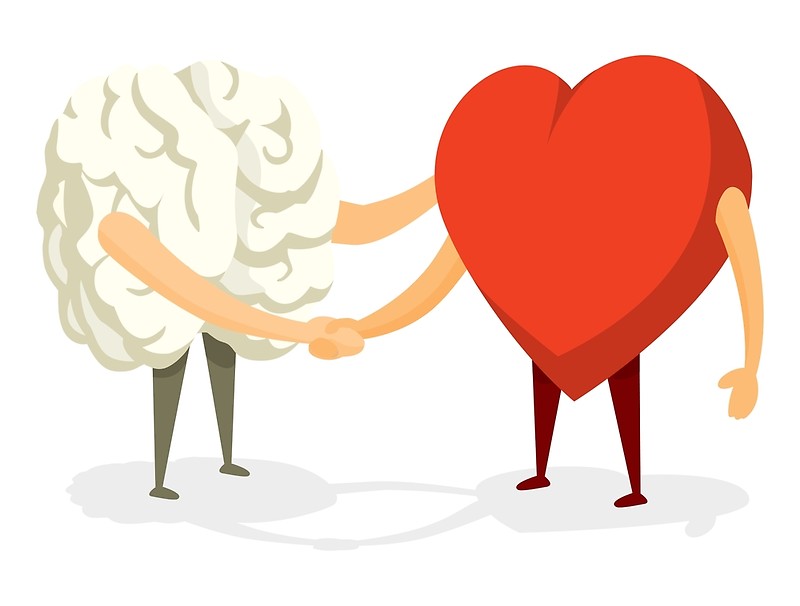

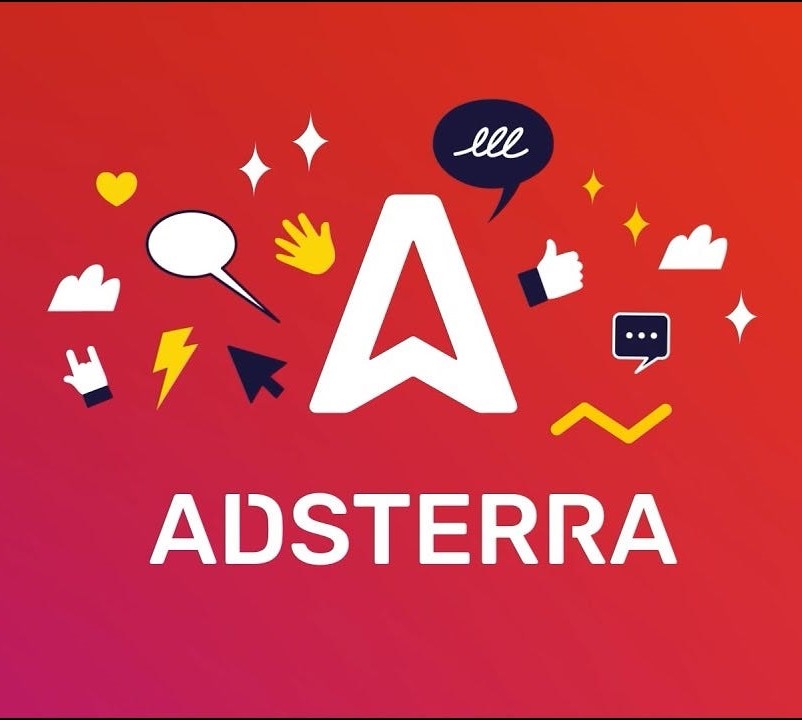
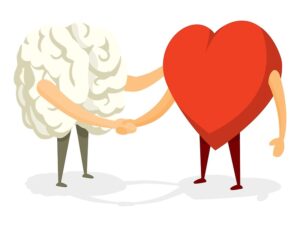
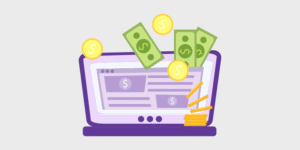






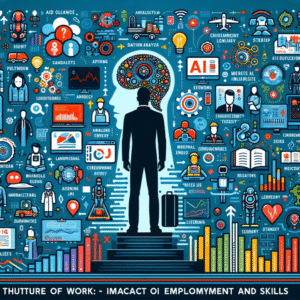
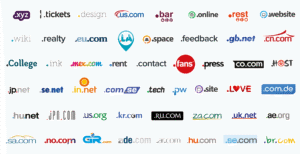
Post Comment